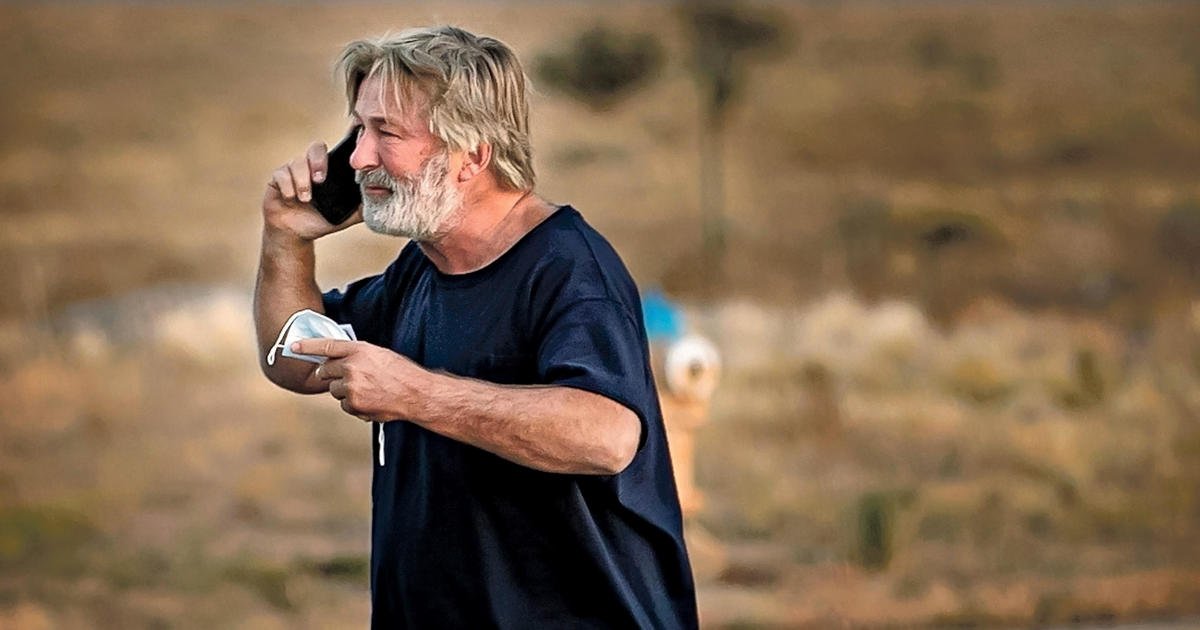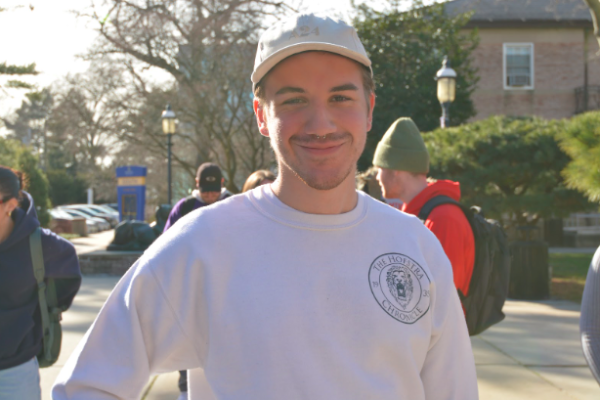Photo Courtesy of CBS News
Tragedy occurred on the set of prolific American actor Alec Baldwin’s new western film, “Rust,” this past week. Baldwin fired a loaded pistol that he was told was safe to use, killing the film’s cinematographer.
The bullet fired from the gun struck Halyna Hutchins, 42, and the film’s director, Joel Souza, 48. Hutchins and Souza were both transported to a local hospital in Albuquerque, N.M., where Hutchins tragically died from her injuries.
Controversy over the incident has been developing in the public eye, with Americans divided on who is at fault for the death of Hutchins. Some are on Baldwin’s side, stating that the accident is to blame on the film’s assistant director, Dave Halls, who handed Baldwin the gun and allegedly did not properly check it beforehand. Others believe Baldwin is at fault, since he also did not properly check the gun.
The incident was not the film’s first instance of danger among the cast and crew since production began. Just hours before the shooting occurred, much of the film’s production crew decided to walk off the set in protest of the film’s safety and COVID-19 protocol violations, stating they did not feel safe on the set of the film. In particular, they cited an incident on Saturday, Oct. 16, during which a prop gun was fired with live ammunition twice.
Protests from workers on film sets are nothing new in modern Hollywood. Just earlier this month, the International Alliance of Theatrical Stage Employees (IATSE) voted to put a strike in place across all theatrical stage productions with employees participating in the IATSE Union. Though it has now been temporarily paused as negotiations begin between workers and executives, the potential strike would involve some 150,000 workers protesting poor working conditions on production sets.
Santa Fe County police revealed there is an ongoing investigation into the incident in their department, with Baldwin, Halls and all other present crew members on the set being considered suspects until further judgement is reached. Production on the film has stopped indefinitely and will not resume until the verdict has been reached.
Santa Fe police have recovered over 600 pieces of evidence regarding the fatal accident, with multiple firearms and hundreds of rounds of live ammunition being discovered on the set.
Baldwin has been openly apologetic following the incident, spending public time with the husband of the late Hutchins and tweeting a formal apology on Thursday, Oct. 21. It is unknown at this time whether Baldwin will face criminal charges for being the wielder of the weapon, but Santa Fe police and local district attorneys assure that a party will be identified and prosecuted.
For now, local communities surrounding the Bonanza Creek ranch where the film was being shot and people across the world are grieving the loss of Halyna Hutchins and remembering the work she did throughout her career. Hutchins grew up on a Soviet base in the Arctic Circle before her college years and earned a degree in international journalism. In 2019, she was named a rising star in cinematography by the American Society of Cinematographers (ACS).
The incident involving Baldwin is undoubtedly tragic and will definitely set an important precedent for the use of weaponry on film sets. In the future, there could potentially be a complete elimination of film set “prop” weapons and the use of more computer-generated imagery when producing action sequences on screen. One thing is certain after this accident, however: Film set conditions are worsening and employees are fighting for change.








